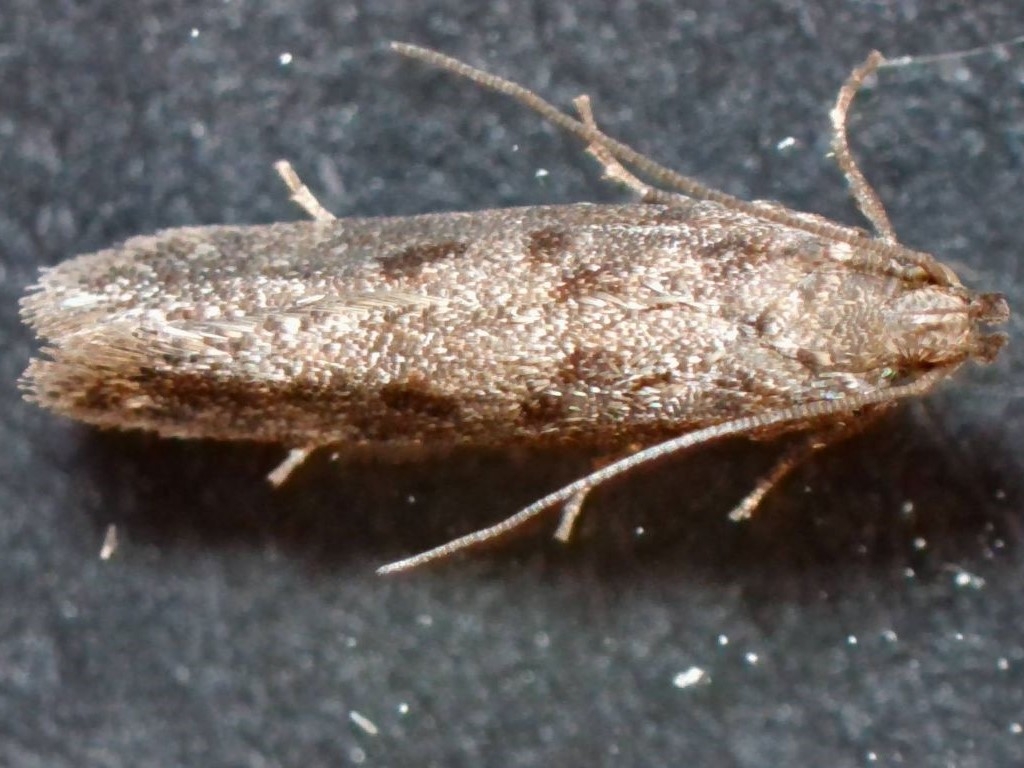New-for-Ireland moth species recorded at WWT Castle Espie

For the first time, a Glasswort moth (Scrobipalpa salicorniae) has been recorded in Ireland, thanks to WWT volunteer Stewart Rosell.
Stewart has been surveying saltmarsh moths at WWT Castle Espie as part of a two-year project and made the exciting discovery earlier this summer.
The moth was found in a light trap placed near a coastal lagoon on the reserve, as part of a targeted survey for saltmarsh moths.
Saltmarshes are coastal wetlands that are periodically flooded with saltwater and drained by the tides and are home to a variety of species that rely on salt-tolerant plants or nutrient-rich mud.

Castle Espie’s saltmarshes are home to specialised coastal plants like glasswort and sea aster, which this particular moth species’ larvae feed on.
Until this sighting, there were no confirmed records of glasswort moths in any part of Ireland. Even across northern Britain, records are small in number and from widely scattered locations.
However, Stewart notes that actual numbers of the species could be higher than we think:
“It is a very local species which only feeds on coastal plants, and the habitat is often under studied. The species is also difficult to find and identify so it’s likely to be under recorded.”

Stewart continues:
“It’s amazing how these specialised species survive in exposed coastal areas which are regularly flooded by tides in winter. Finding this new species emphasises the need to survey moths in a wide range of habitats, even places we might not expect to find them.”



